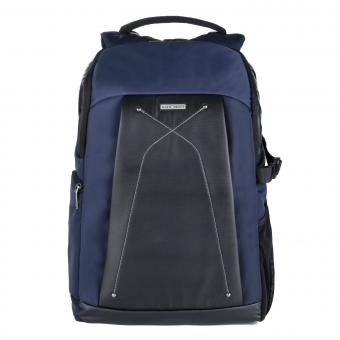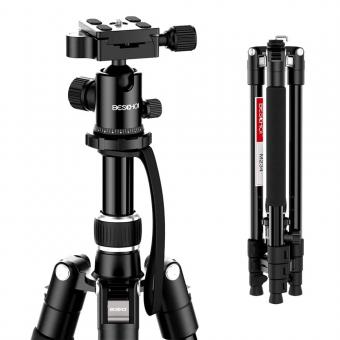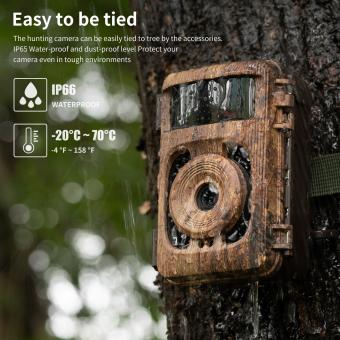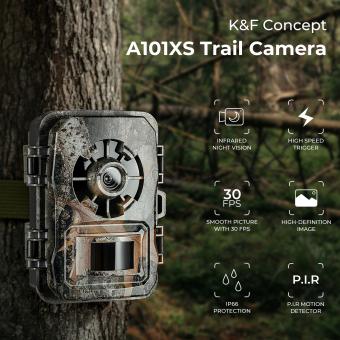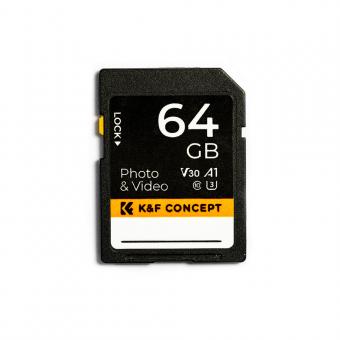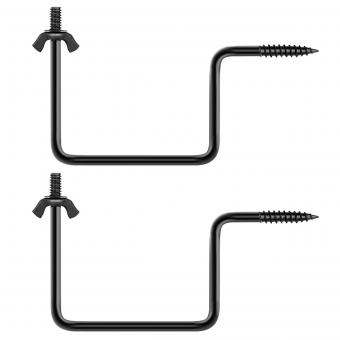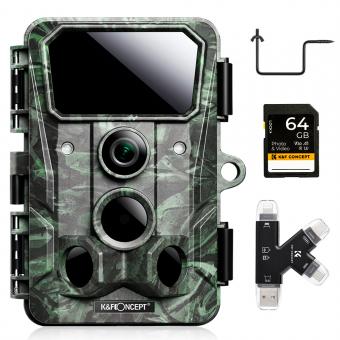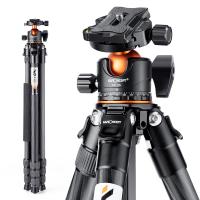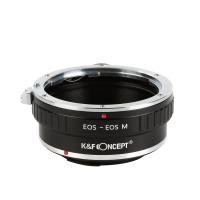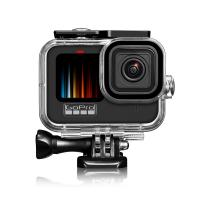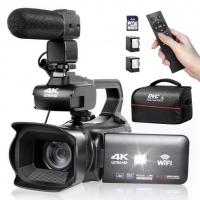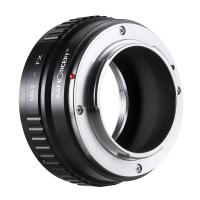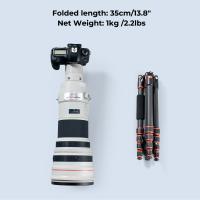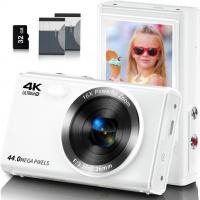Where To Place Cameras Around House?
When it comes to home security, one of the most effective measures you can take is the strategic placement of security cameras around your property. Properly positioned cameras not only deter potential intruders but also provide valuable evidence in the event of a security breach. In this article, we will explore the best locations to place cameras around your house to maximize security and peace of mind.
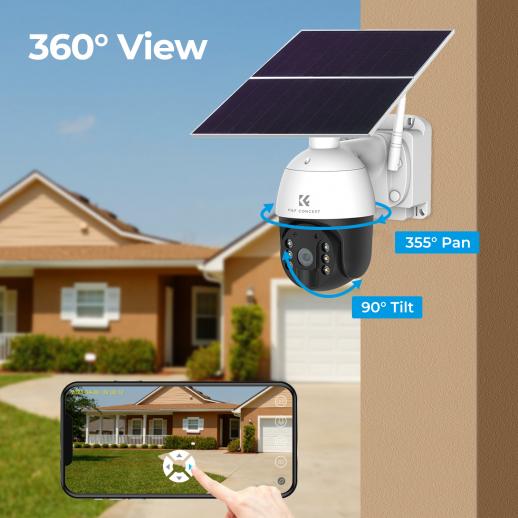
1. Front Door
The front door is the primary entry point for most homes, making it a critical location for a security camera. According to statistics, over 34% of burglars enter through the front door. Placing a camera here allows you to monitor who comes and goes, whether it's a delivery person, a visitor, or a potential intruder. For optimal coverage, position the camera at a height that captures the entire doorway and any individuals approaching it. A video doorbell can also serve this purpose effectively.
2. Back Door
The back door is another common entry point for intruders, accounting for about 22% of break-ins. A camera placed here can help you keep an eye on this often-overlooked area. Ensure the camera is positioned to cover the entire door and any surrounding windows. If your back door leads to a patio or deck, consider placing additional cameras to cover these areas as well.
3. Garage and Driveway
Garages and driveways are frequent targets for thieves, especially if they contain valuable items like cars, bikes, or tools. A camera focused on your garage door and driveway can help you monitor any suspicious activity. For those with detached garages, it's advisable to install a camera inside the garage as well. This setup not only helps in preventing theft but also in monitoring the safety of children playing outside.
4. First-Floor Windows
First-floor windows are another common entry point for burglars. Placing cameras to cover these windows can deter intruders and provide evidence if a break-in occurs. Ensure the cameras are positioned to capture clear footage of anyone attempting to tamper with the windows. Motion-activated cameras can be particularly effective in these locations, as they will start recording as soon as movement is detected.
5. Side Gates and Fences
Side gates and fences can provide easy access to your backyard and other parts of your property. Installing cameras to monitor these areas can help you detect any unauthorized entry. Position the cameras to cover the entire length of the fence and any gates. This setup is especially important if your property is adjacent to a public area or if you have a large yard.
6. Backyard
The backyard is often overlooked when it comes to security, but it can be a vulnerable area. Placing cameras in your backyard can help you monitor any activity and ensure the safety of your property. Focus on areas where intruders might hide, such as behind sheds, large trees, or other structures. If you have a pool, a camera can also help you keep an eye on children and pets to prevent accidents.
7. Common Areas Inside the Home
While outdoor cameras are crucial, indoor cameras can also play a significant role in home security. Placing cameras in common areas like the living room, kitchen, and hallways can help you monitor activity inside your home. This is particularly useful if you have service personnel, babysitters, or houseguests. Ensure the cameras are positioned to cover the entire room and any entry points.
8. Stairways and Hallways
Stairways and hallways are high-traffic areas that can serve as chokepoints for intruders. Placing cameras in these locations can help you track movement throughout your home. Position the cameras to capture clear footage of anyone using the stairs or moving through the hallways. This setup can also be useful for monitoring the safety of elderly family members or children.
9. Home Office
If you have a home office, it's essential to secure this area, especially if it contains valuable equipment or sensitive information. Placing a camera in your home office can help you monitor any unauthorized access. Position the camera to cover the entire room, including any windows and doors. This setup can also be useful for monitoring work-from-home activities and ensuring productivity.
10. Basement
Basements can be vulnerable entry points, especially if they have windows or external doors. Placing a camera in your basement can help you monitor any activity in this often-isolated area. Ensure the camera is positioned to cover all entry points and any valuable items stored in the basement. Motion-activated cameras can be particularly effective in this location.
Additional Tips for Camera Placement
- Height and Angle: Position cameras at a height that prevents tampering but still captures clear footage. Angling the camera slightly downward can help achieve this.
- Lighting: Ensure the areas you are monitoring are well-lit. Consider using cameras with night vision capabilities for low-light conditions.
- Weatherproofing: For outdoor cameras, choose models that are weatherproof and can withstand the elements.
- Wi-Fi Signal: Ensure your cameras are within range of your Wi-Fi network for reliable connectivity. Consider using Wi-Fi extenders if necessary.
- Privacy: Be mindful of privacy laws and avoid placing cameras in areas where people expect privacy, such as bathrooms or bedrooms.
Strategically placing cameras around your house is a crucial step in enhancing your home security. By covering key entry points like the front and back doors, garage, and first-floor windows, as well as monitoring common areas inside the home, you can create a comprehensive security system that deters intruders and provides valuable evidence in the event of a break-in. Remember to consider factors like height, angle, lighting, and privacy when positioning your cameras to ensure optimal coverage and effectiveness. With the right setup, you can enjoy greater peace of mind knowing that your home and loved ones are protected.

